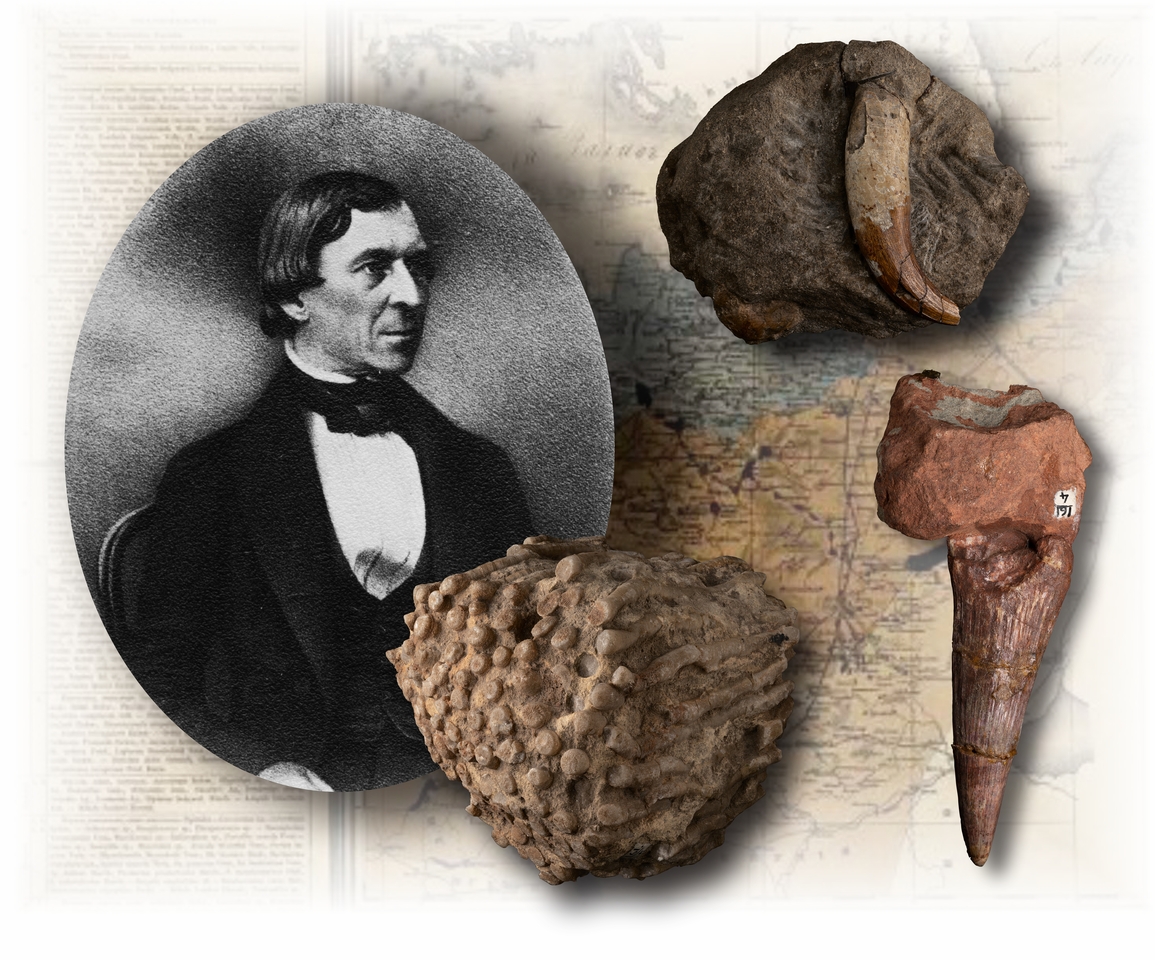30 July 2021
Stepan Kutorga (1805-1861) was a Russian zoologist, palaeontologist, mineralogist, geologist and a professor of St Petersburg Imperial University (since 1837).
In the 1830s, as the founder of the Department of Zoology and Professor of zoology and zootomy, Stepan Kutorga initiated the systematic accumulation of palaeontological collections at St Petersburg Imperial University. The fossils of ancient organisms, which he collected in the vicinity of St Petersburg and in the Baltic region, were used primarily in research. While the casts of fossils, received from his foreign colleagues, for example, trilobites, he demonstrated in his zootomy classes to students to expand their knowledge of natural sciences. In 1868, Aleksandr Inostrantsev, a Russian geologist and Professor at St Petersburg Imperial University, founded a Geological Cabinet (now the Palaeontology and Petrography Museums of St Petersburg University). Its main purpose was to facilitate teaching a geology course that included fundamental principles of geology, petrography, palaeontology, stratigraphy and historical geology. For this purpose, two main objectives had to be achieved: formation of a teaching collection of index fossils (systematic collection) and formation of scientific collections. The latter, as a rule, were collected by University scientists (monographic collections). The monographic collections contain nomenclatural type specimens. These are reference samples of fossil organisms that served as the basis for the scientific description of species and they have an international status. The Geological Cabinet housed the oldest University palaeontological collections used in research by Stepan Kutorga.
Palaeontology Museum of St Petersburg University. Authors of the exhibition: Vladimir Arkadev; Galina Gataulina; and Vadim Glinskii.
Follow us on the KAMIS Online Collection
